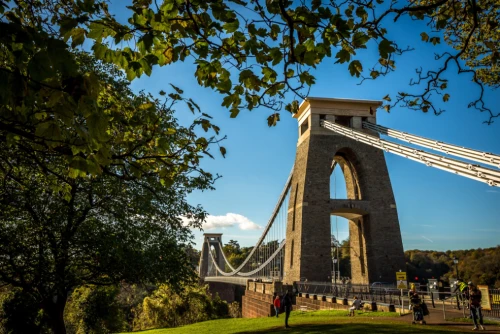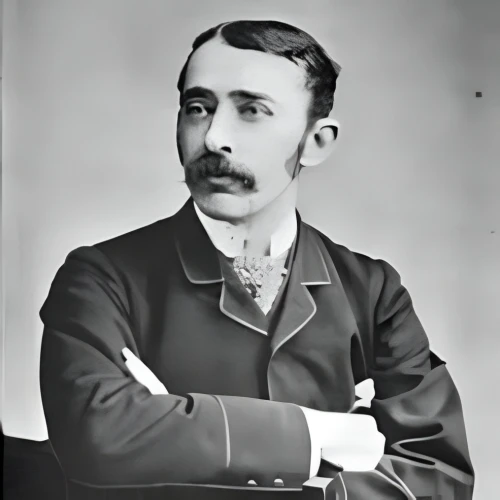
Sir John Ambrose Fleming
29/11/1849 - 18/04/1945
Fleming was an English electrical Engineer and Physicist who invented the first thermionic valve, or vacuum tube, designed the radio transmitter (with which the first transatlantic radio transmission was made), and also established the right-hand rule used in Physics.
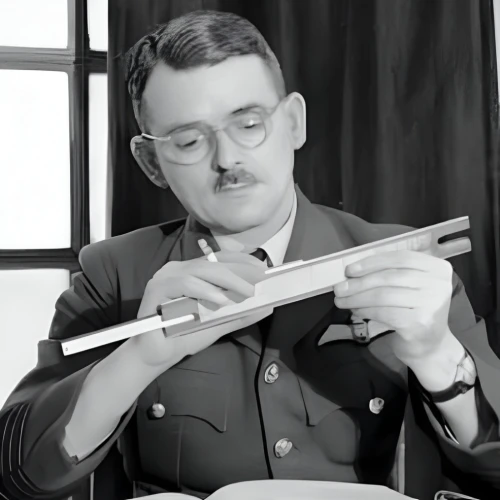
Sir Frank Whittle
01/06/1907 - 08/08/1996
Whittle was an English Royal Air Force air officer. He is credited with single-handedly inventing the Turbojet engine. He patented the idea of jet propulsion in 1930, at just 22 years old. In 1936, he co-founded Power Jets Ltd. to develop his design, which later powered the Gloster E.28/39, which made its first successful flight in 1941 - the first British jet-powered flight.
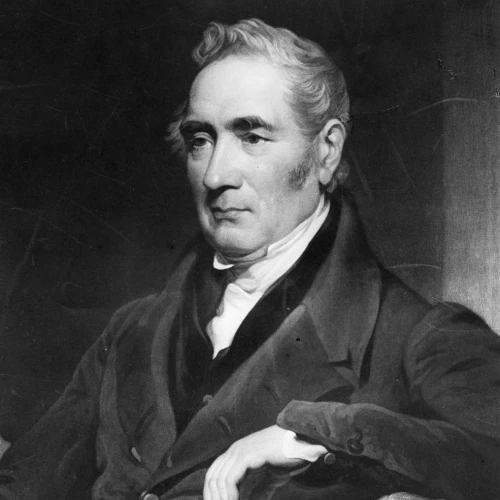
George Stephenson
09/06/1781 - 12/08/1848
Stephenson was an English Civil Engineer and Mechanical Engineer. Renowned as the 'Father of the Railways', Stephenson was considered by the Victorians as a great example of diligent application and thirst for improvement. His chosen rail gauge, sometimes called 'Stephenson's Gauge', was the basis for the 4' 8.5" standard gauge used by most of the World's railways.
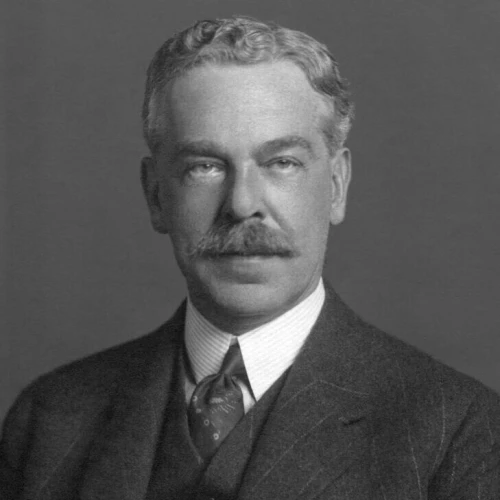
Sir Nigel Gresley
19/06/1876 - 05/04/1941
Gresley was a British railway and locomotive Engineer and designed some of the most famous steam locomotives in Britain, including the LNER Class A1 and LNER Class A4 4-6-2 Pacific engines. An A1 Pacific, Flying Scotsman, was the first steam locomotive officially recorded travelling over 100mph in passenger service, and an A4, number 4468 Mallard, still holds the record for being the fastest steam locomotive in the World at 126mph.
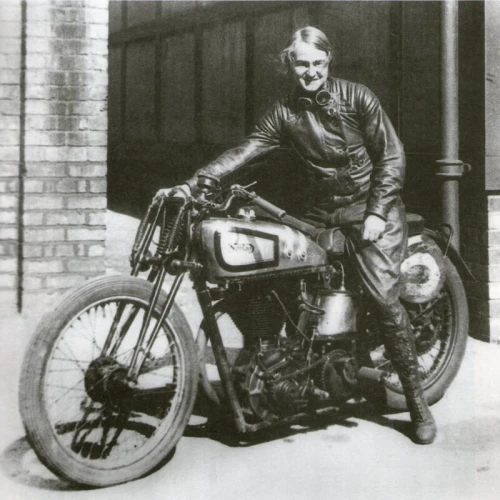
Beatrice (Tilly) Shilling
08/03/1909 - 18/11/1990
Shilling was a British aeronautical Engineer. During the Second World War, she designed and developed 'Miss. Shilling's Orifice', which restricted fuel flow to the carburettor of the Rolls-Royce Merlin engines in the Hawker Hurricane and Supermarine Spitfire fighters. This prevented the engines from flooding during nose-dives, as they had been.
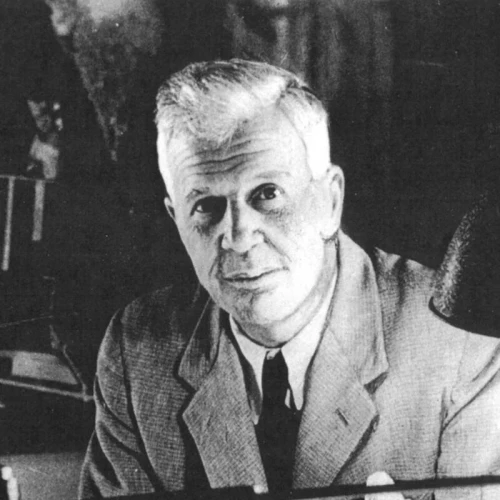
Sir Barnes Neville Wallis
26/09/1887 - 30/10/1979
Wallis was an English Scientist, Engineer and Inventor. He is best known for inventing the Bouncing Bomb used by the Royal Air Force in Operation Chastise (the 'Dambusters' raid) to attack the dams of the Ruhr Valley during the Second World War.
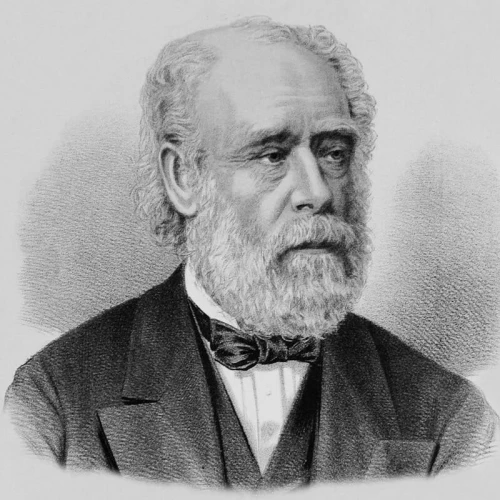
Sir Joseph Whitworth
21/12/1803 - 22/01/1887
Whitworth was an English Engineer, Entrepreneur, Inventor and Philanthropist. In 1841, he devised the British Standard Whitworth System, which created an accepted standard for screw heads. Whitworth also created the Whitworth Rifle, often called the 'Sharpshooter' because of its accuracy, and is considered one of the earliest examples of a Sniper.
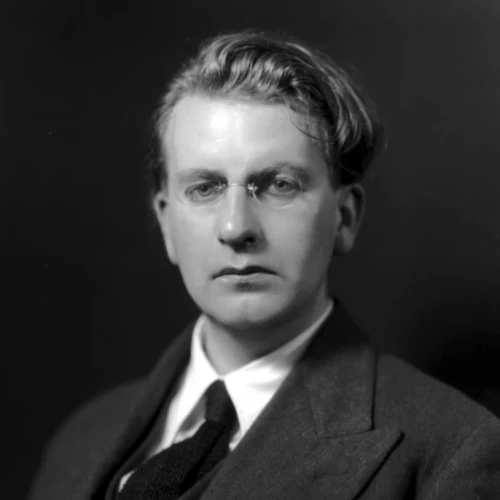
John Logie Baird
13/08/1888 - 14/06/1946
Baird was a Scottish Inventor, Electrical Engineer and Innovator, demonstrating the World's first working television system on 26/01/1926. He also invented the first publicly demonstrated colour television system, and the first purely electronic colour television picture tube.
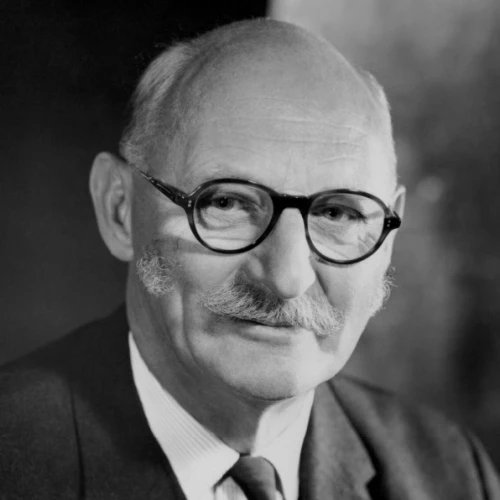
Sir Christopher Cockerell
04/06/1910 - 01/06/1999
Cockerell was an English Engineer and is best known as the Inventor of the Hovercraft. The first commercial hovercraft, the SR.N1, successfully crossed the English Channel from Calais to Dover on 25/07/1959, with Cockerell on board as ballast.
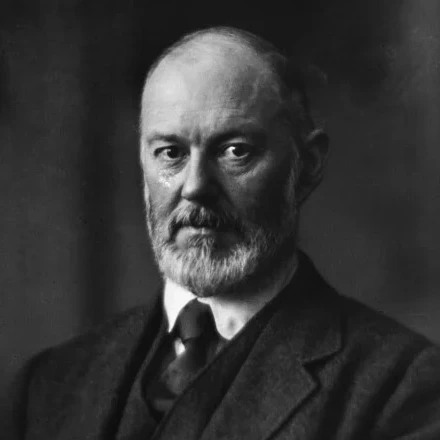
Sir Henry Royce
27/03/1863 - 22/04/1933
Royce was an English Engineer, famous for his designs of car and aeroplane engines, with a reputation for reliability and longevity. With Charles Rolls (1877 - 1910), and Claude Johnson (1864 - 1926), he founded the Rolls-Royce company.
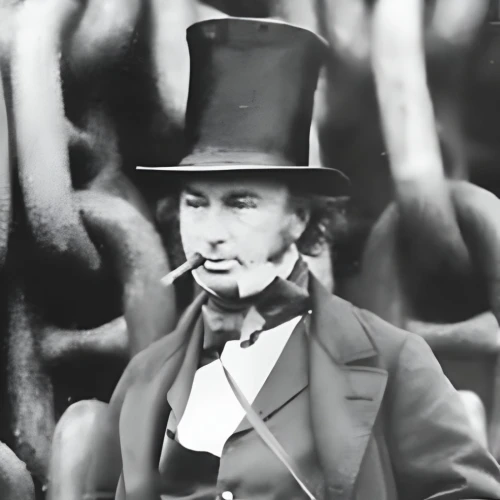
Isambard Kingdom Brunel
09/04/1806 - 15/09/1859
Brunel was an English Civil Engineer who is considered 'one of the most ingenious and prolific figures in Engineering history', 'one of the 19th century Engineering giants', and 'one of the greatest figures of the Industrial Revolution', who changed the face of the English landscape with his groundbreaking designs and constructions. Brunel built dockyards, the Great Western Railway, a series of steamships, and numerous important bridges and tunnels. His designs revolutionised public transport and modern Engineering.
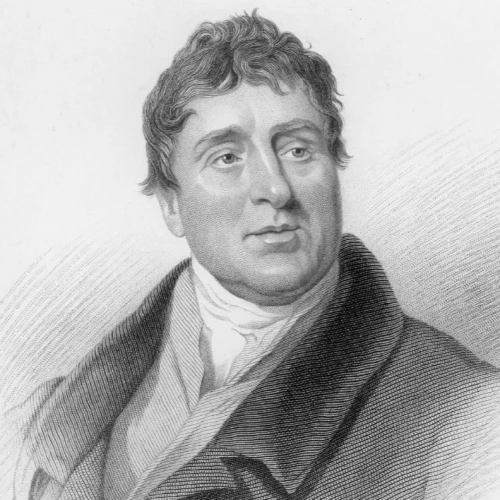
Thomas Telford
09/08/1757 - 02/09/1834
Telford was a Scottish Civil Engineer, Architect, and Stonemason, as well as a road, bridge and canal builder. He designed numerous infrastructure projects such as the Ellesmere Canal, which involved the spectacular Pontcysyllte Aqueduct over the River Dee in the Vale of Llangollen. He is also known for constructing Menai Suspension Bridge (1819 - 1826). This bridge spans 180m and was the longest suspension bridge of the time.
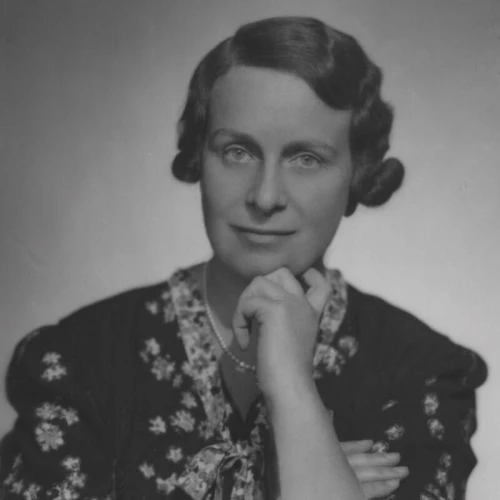
Dame Caroline Harriet Haslett
17/08/1895 - 04/01/1957
Haslett was an English electrical Engineer, working as an electricity industry administrator. She was the first secretary of the Women's Engineering Society, and co-founded the Electrical Association for Women, which pioneered such wonders as the All-Electric House in Bristol in 1935. Her chief interest was harnessing the benefits of electrical power to emancipate women from household chores, enabling them to pursue their own ambitions outside the home.
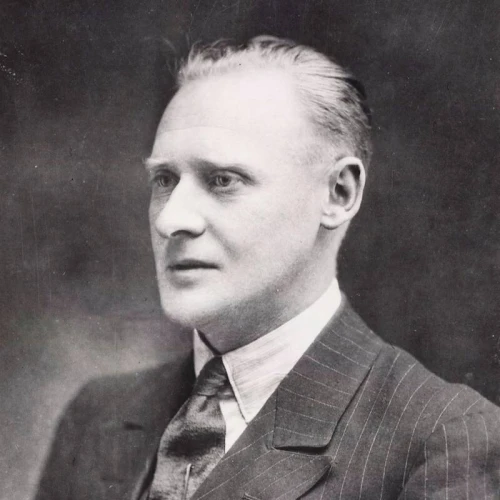
Reginald Joseph (RJ) Mitchell
20/05/1895 - 11/06/1937
Mitchell was a British aircraft designer and Engineer. He worked for the Supermarine aviation company as their Chief Designer and is best known for designing racing seaplanes such as the Supermarine S 6B, and for leading the team that designed the Supermarine Spitfire.
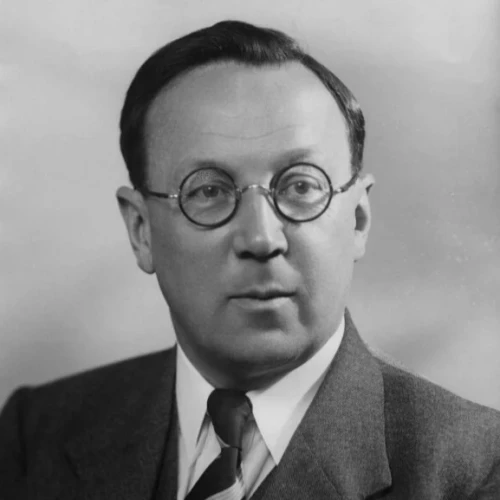
Sir Robert Watson-Watt
13/04/1892 - 05/12/1973
Watson-Watt was a Scottish pioneer of radio direction finding and radar technology, widely known as 'the Father of radar'. In the 1930's he led a team of researchers to develop the aircraft direction detection technology that would later prove crucial to the Allied victory in the Battle of Britain.
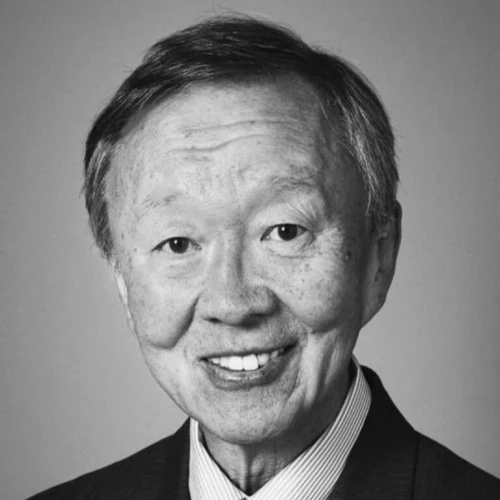
Sir Charles Kao
04/11/1933 - 23/09/2018
Kao was an electrical Engineer and Physicist who pioneered the development and use of fibre optics in telecommunications. In the 1960's, Kao created various methods to combine glass fibres with lasers in order to transmit digital data, which laid the groundwork for the evolution of the internet. Kao is widely known as the 'Godfather of Broadband'.
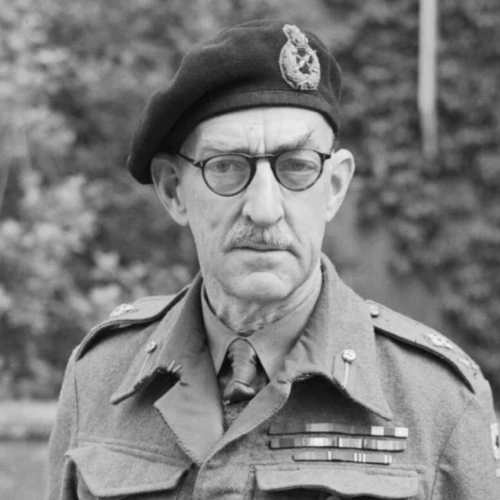
Sir Percy Hobart
14/06/1885 - 19/02/1957
Hobart was a British military Engineer noted for his command of the 79th Armoured Division during the Second World War. He was responsible for many of the specialised armoured vehicles, known as 'Hobart's Funnies', that took part in the invasion of Normandy and later actions.
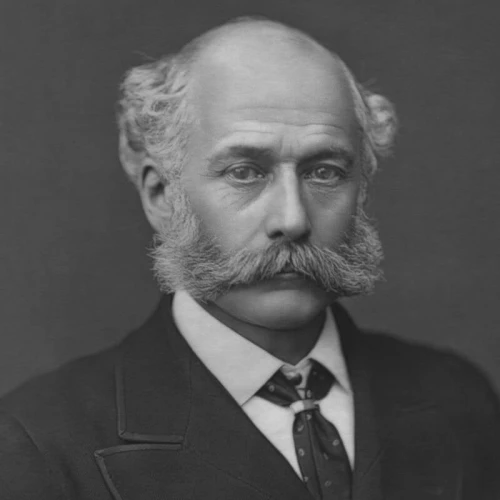
Sir Joseph William Bazalgette
28/03/1819 - 15/03/1891
Bazalgette was a 19th century English Civil Engineer. As Chief Engineer of London's Metropolitan Board of Works, his major achievement was the creation (in response to the Great Stink of 1858) of a sewer network for central London, which was instrumental in relieving the city from Cholera epidemics.
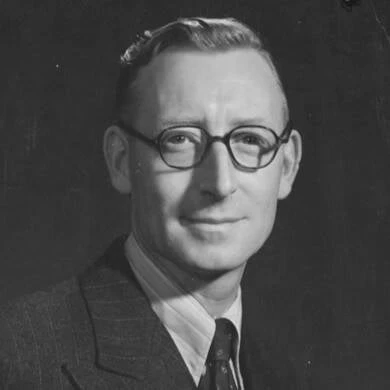
Thomas Harold Flowers
22/12/1905 - 28/10/1998
Flowers was an English Engineer with the British General Post Office. During the Second World War, Flowers designed and built Colossus, the World's first programmable electrical computer, to help decipher encrypted German messages.
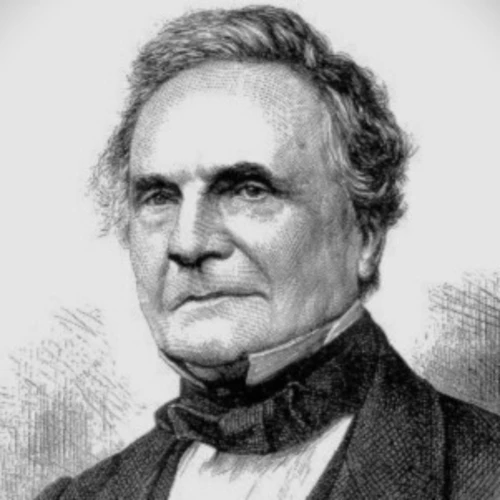
Charles Babbage
26/12/1791 - 18/10/1871
Babbage was an English mathematician, engineer, inventor and is known as the ‘Father of the Computer’. He designed the Difference Engine, an early mechanical calculator, and later conceptualised the Analytical Engine, the first general-purpose mechanical computer. His designs introduced key concepts like programmable instructions, memory, input and output.
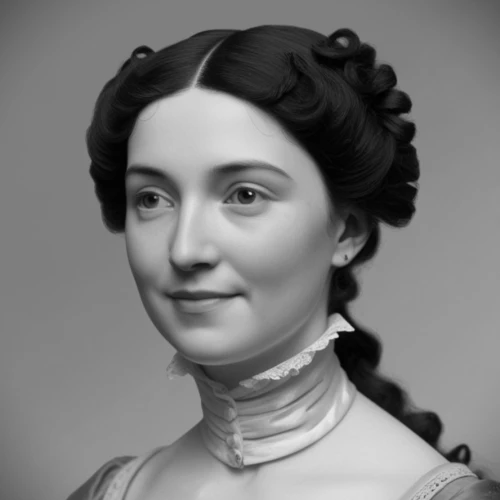
Ada Lovelace
10/12/1815 - 27/11/1852
Ada was an English mathematician, now celebrated as one of the first computer programmers. She worked with Charles Babbage on his proposed Analytical Engine, and described in her notes an algorithm intended to be executed by the engine. She envisioned its ability to handle more complex tasks beyond mere calculations, which laid the foundation for modern computing.
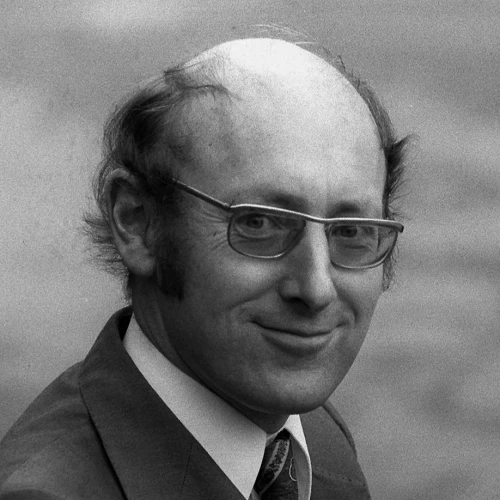
Clive Sinclair
30/07/1940 - 16/09/2021
A British inventor known for pioneering contributions to personal computing. He developed the Sinclair ZX series of computers, including the affordable ZX Spectrum, which popularised home computing in the 1980's and made technology available to the masses. His innovations helped spark the video game industry and inspired a generation of programmers and tech enthusiasts.
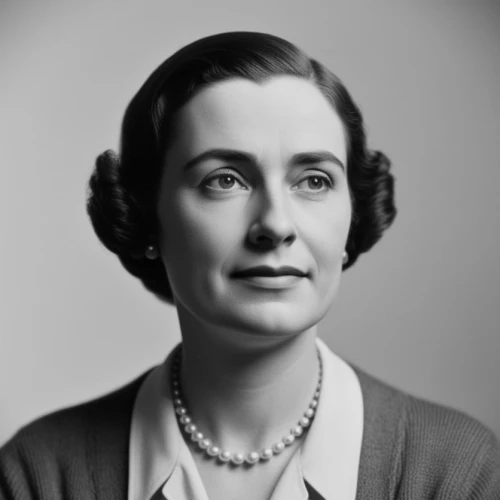
Verena Holmes
23/06/1889 - 20/02/1964
A pioneering British engineer and the first Woman elected as full member of the Institute of Mechanical Engineers. She held 12 patents for inventions, including medical devices and engine improvements. As a co-founder of the Women’s Engineering Society, she championed Women’s careers in engineering, and is celebrated for breaking barriers in a very male-dominated field.
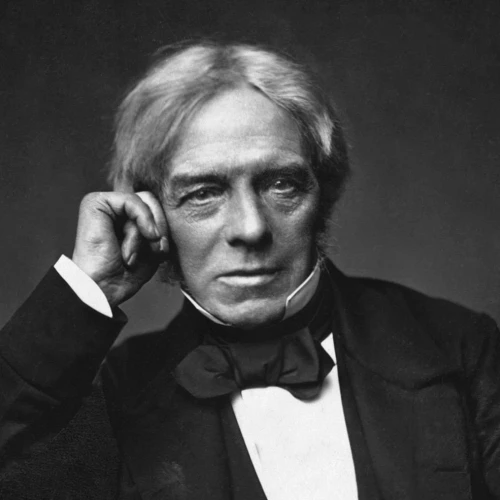
Michael Faraday
22/09/1791 - 25/08/1867
An English Scientist renowned for his electricity-related work. He discovered electromagnetic induction, the operating basis behind electrical generators and transformers, and invented the first electric motor and the Faraday Cage. Faraday also developed the laws of electrolysis and introduced the electromagnetic field concept. His work greatly influenced later Scientists, such as James Clerk Maxwell and Albert Einstein.
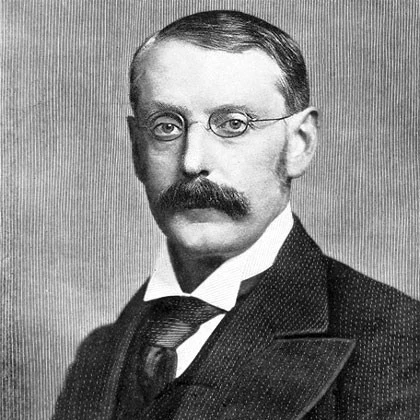
Sir Charles Parsons
13/06/1854 - 11/02/1931
Parsons was a British Engineer best known for inventing the steam turbine in 1884 - a breakthrough transforming the generation of electricity and revolutionised marine propulsion. His invention replaced the inefficient piston engines and enabled ships and power stations to operate more efficiently and reliably. He famously demonstrated the power of his turbine by building Turbinia, the fastest ship of its time.
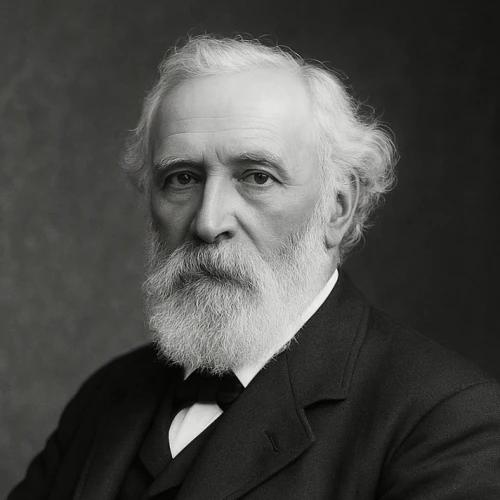
Sir Joseph Swan
31/10/1828 - 27/05/1914
Swan was an English Physicist and Chemist who independently developed one of the first practical incandescent light bulbs. He demonstrated his invention in the 1870's, using a carbon filament in a vacuum to produce light. His house was the first in the World to be lit by electric light. Swan also contributed to the development of photographic printing processes, including the dry plate method and carbon printing.

